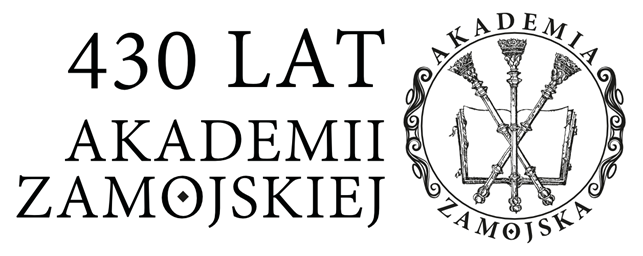Pomnik Niepodległości w Krynicach
Beata Gałan-Smól
Abstrakt
Impulsu do napisania artykułu dostarczyło odnalezienie w „Kronice Państwowego Gimnazjum im. Bartosza Głowackiego w Tomaszowie Lubelskim” fotografii z wycieczki rowerowej z listopada 1928 r., na której widnieje w całej okazałości pomnik Niepodległości, nazywany też pomnikiem Orła Białego, w Krynicach. Pomnik nie zachował się (autorka przytacza trzy hipotezy dotyczące jego zniszczenia) i do tej pory znany był tylko z jednego zdjęcia pochodzącego z lat 30. XX w. Pomnik stał na pagórku pomiędzy pomnikiem poświęconym żołnierzom Batalionów Chłopskich a kościołem parafialnym, został wzniesiony staraniem mieszkańców oraz dziedzica Krynic Grzegorza Lipczyńskiego dla uczczenia 10. rocznicy odzyskania niepodległości. Na cokole umieszczono orła z zamkniętą koroną zwieńczoną krzyżem, ustanowionego jako godło w 1919 r. Nie był to jedyny przejaw patriotyzmu lokalnej społeczności. W tym czasie w gminie Krynice dynamicznie rozwijały się organizacje polityczne i społeczne, jak Związek Młodzieży Wiejskiej „Siew” oraz „Wici”, Związek Strzelecki, Ochotnicza Straż Pożarna, Polskie Stronnictwo Ludowe „Wyzwolenie”. W wiele przedsięwzięć, jak zakupienie w Horyszowie Polskim kościoła, przeniesienie go do Krynic i tu ponowne złożenie (1920), angażował się także dziedzic Grzegorz Lipczyński. Autorka przypomina, że w 1925 r. zbudował on w Krynicach kaplicę grobową dla syna Stefana, żołnierza 7. Pułku Ułanów, który w 1919 r. zginął w czasie walk pod Lidą na Litwie.
Słowa kluczowe:
pomniki niepodległości, Krynice, Orzeł Biały z 1919 r., Grzegorz Lipczyński, organizacje polityczne dwudziestolecia międzywojennegoSzczegóły
Bibliografia
Statystyki
Autorzy
Zasady cytowania
Licencja

Utwór dostępny jest na licencji Creative Commons Uznanie autorstwa – Bez utworów zależnych 4.0 Międzynarodowe.


 Język Polski
Język Polski
 English
English




